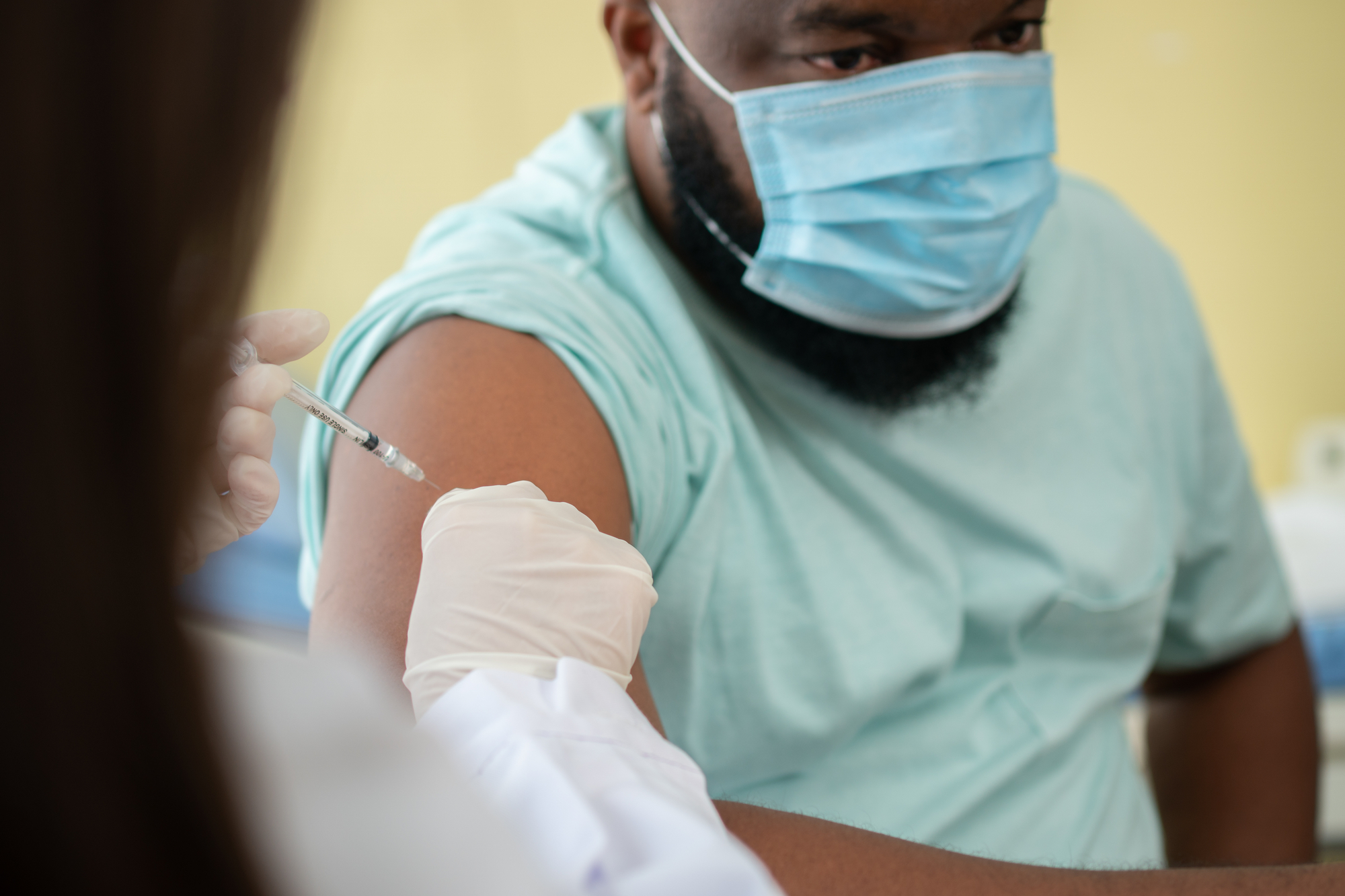Quantifying the Impact of the Trump Administration on Immigration
Date: March 17, 2021

Table of Contents:
Given the upheaval of the past year since the beginning of the Covid-19 pandemic, it has been difficult to take full stock of the Trump Administration’s impact on immigration in the United States. New USCIS data for the fiscal year 2020 paints a complete picture of both Trump Administration immigration policies and the Covid-19 pandemic on the ability of immigrants to come to or attain citizenship in the United States.
The data shows that up until the Covid-19 pandemic, applications for naturalizations and legal permanent residency had actually been increasing. However, despite this increased demand, the administration cut resources to an already inadequately funded USCIS and created bottlenecks by creating bureaucratic obstacles. This led to unprecedented delays to the processing of immigration applications and higher rates of rejection for temporary worker visa applications.
On top of this, the Covid-19 effectively stopped immigration proceedings for a significant part of 2020 and resulted in precipitous decreases in everything from naturalizations, newly arriving permanent residents, and international students.
Naturalizations
On average, naturalizations increased during the Trump Administration, reflecting sustained high demand to become U.S. citizens among eligible immigrants between FY2016 and FY2020.
The effects of the Covid-19 pandemic, however, which closed DHS and USCIS offices and courthouses from March to June 2020, is evident in the sharp decrease in the number of naturalizations approved in FY2020 even though the number of applications received increased from FY2019 and were near the high-water mark seen in FY2017.
Permanent Residency (Green Cards)
From a peak of nearly 1.2 million green cards issued in FY2016, the last year before the Trump Administration, the number of green cards issued in FY2020 fell by almost 35 percent to 675,000. Critically, however this decrease only continued the trend seen in the years before it, as FY2020 was the fourth year in a row that the number of green cards granted decreased.
Note: FY2020 Q4 data on new arrivals is still pending, however, given the ongoing Covid-19 pandemic and the travel restrictions in place, we believe the overall trend will be the same as was seen in FY2020 Q3
The steep decline in FY2020, however, was due to the fact that the closure of field offices abroad severely limited the ability for applicants to appear in person for their interviews at American embassies and consulates as is necessary to process their green card applications. The impact of these can be seen in the fact that the number of adjustment of status applications granted decreased by approximately 23 percent in FY2020 compared to the previous fiscal year.
H-1Bs
Perhaps surprisingly, the number of H-1Bs approved increased in FY2020 by 9.6 percent from FY2019, reaching a record of almost 427,000. However, many of these H-1B applications were not new claims for new workers, but rather renewals for workers already present in the United States, suggesting that the backlog in employment based green cards is forcing workers and their employers to request more H-1B renewals.
H-1B Applications Received, Completed, Approved, Denied, and Rate of Denial
| Year | Applications Received | Applications Completed | Approved | Denied/RFEs | Rate of Denial/RFE |
|---|---|---|---|---|---|
| FY2016 | 398,789 | 380,243 | 357,211 | 23,032 | 6.1% |
| FY2017 | 403,118 | 403,249 | 373,392 | 29,857 | 7.4% |
| FY2018 | 418,602 | 396,306 | 334,961 | 61,345 | 15.5% |
| FY2019 | 420,522 | 458,892 | 389,379 | 69,513 | 15.1% |
| FY2020 | 427,229 | 466,625 | 426,710 | 39,915 | 8.6% |
Source: Petition for a Nonimmigrant Worker Specialty Occupations (H-1B) by Fiscal Year
Note: Applications completed by have been received in a previous fiscal year.
These higher numbers of approved H-1B applications also hides the fact that the rate of denial or requests for more evidence (RFE) were markedly higher between FY2016 and FY2020. These denials and RFEs slow down the process and are potentially harmful for companies who may rely on the timely approval of skilled worker visas in order to meet their labor needs. In FY2016, the rate of denial and RFE was 6.1 percent, which increased in FY2018 and FY2019 to more than 15.1 percent, an almost three-fold increase. In FY2020, however, the rate of denial or RFE returned to the single digits, or 8.6 percent.
International Students
From a high of more than 644,000 in 2015, the number of international student visas approved has been decreasing each year. By 2019, the number of international student visas granted had fallen to just under 389,000, a more than 39.6 percent decrease.
The fallout from the Covid-19 pandemic further depressed these numbers as nearly all universities moved to remote learning.
DACA
Given the actions in 2018 by the Trump Administration in attempting to cease the DACA program as well as the court actions to reverse these decisions, DACA approvals since 2018 have nearly been all DACA renewals, not new DACA claims.
The number of DACA recipients has also steadily decreased since 2016, when there were 728,000 active DACA recipients. This number decreased to 682,750 in 2018 and even further to 640,000 by September 2020.
Temporary Protected Status
The number of grants of Temporary Protected Status has fallen precipitously in the past two years. In FY2018, there were more than 258,000 TPS approvals made. In FY2019, this had fallen to just over 34,600, as the Administration sought to end TPS designation for many countries. In FY2020, this number fell even lower, to 13,355, a decrease of more than 94.8 percent in just two fiscal years.
Note: Applications may have been received in previous fiscal years and processed in the following fiscal year.






